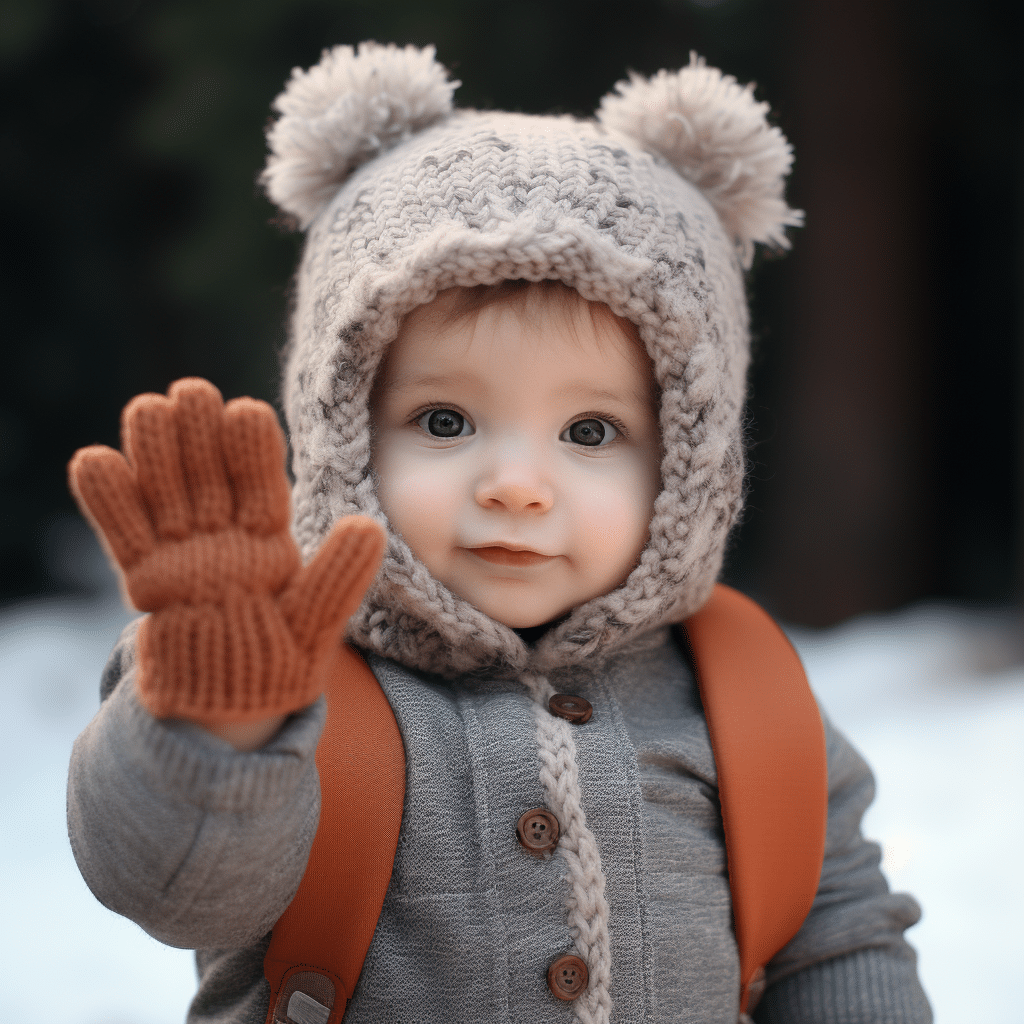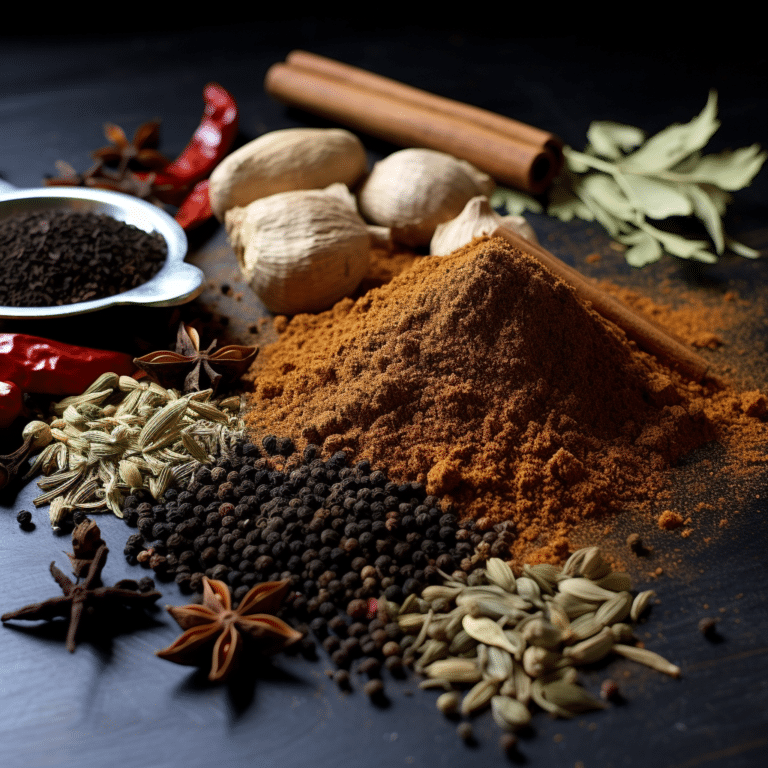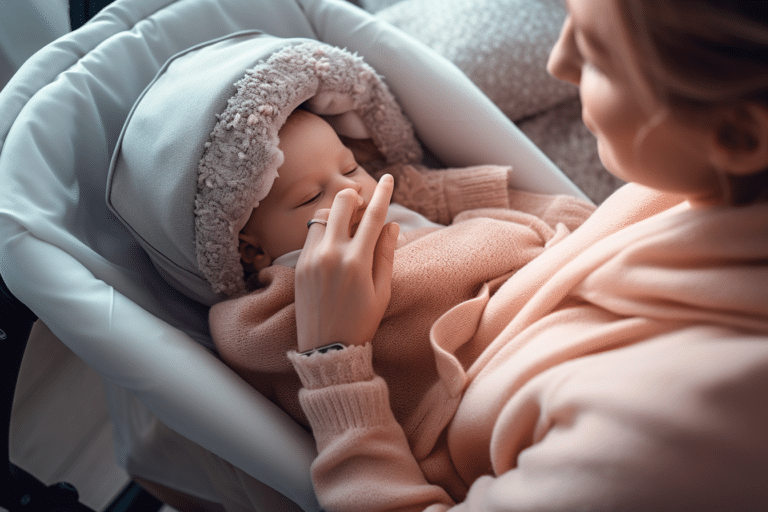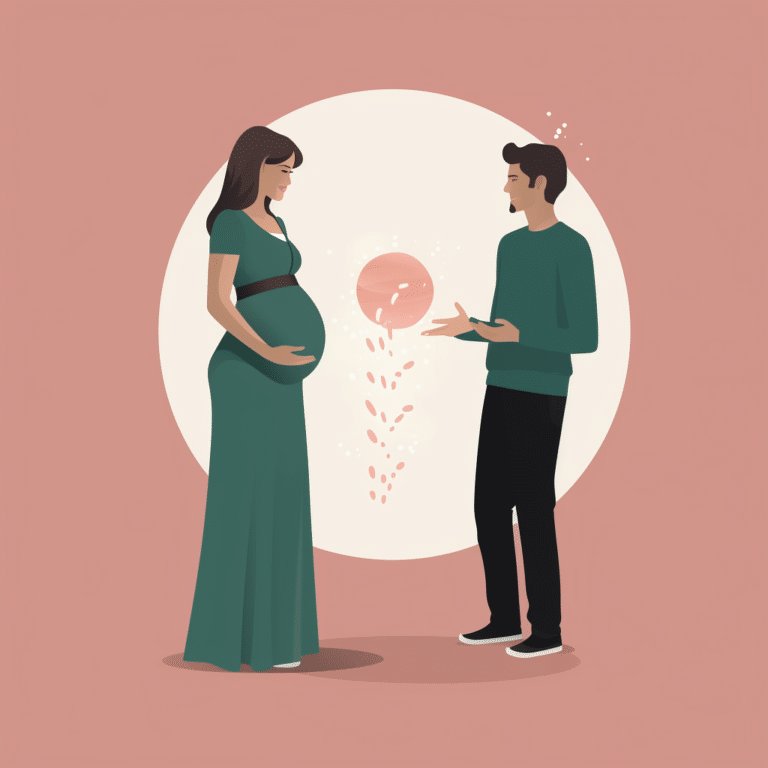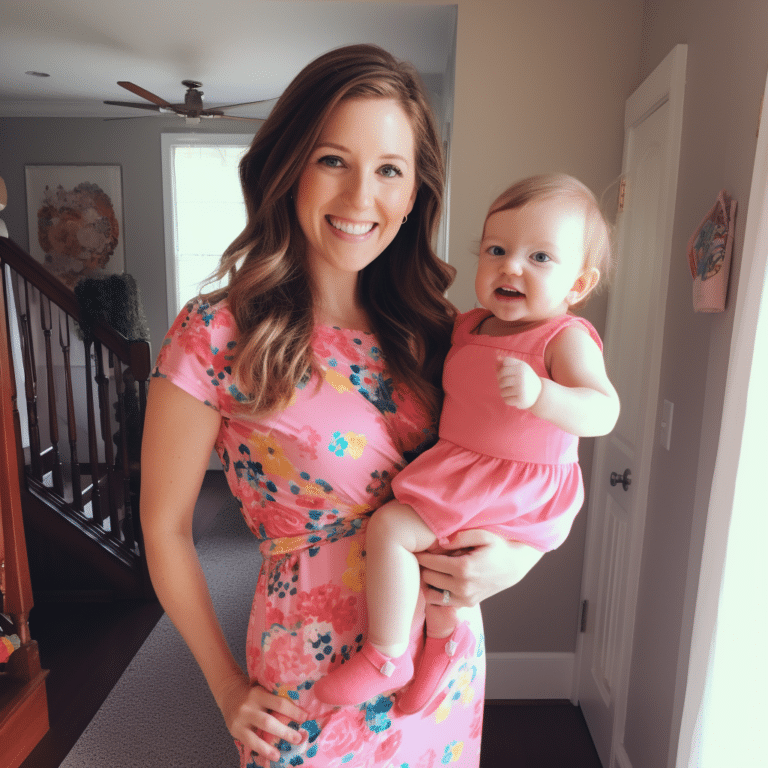How Long Should Babies Wear Mittens: Exploring the Pros and Cons
We often see newborn babies wearing mittens to keep them warm and prevent them from scratching their faces. However, not all parents advocate for them. Mittens comprise two layers, whereas gloves have five layers of fabric sectioned for each finger.
If you advocate for your little one wearing mittens, you’d probably want to know how long they should wear them. Similarly, if you’re not a pro-mitten parent, you may want to know more about them. This article discusses how long your baby should wear mittens, the pros and cons, etc. Stay tuned!

How Long Should Babies Wear Mittens?
According to Dr. Stephanie Hemm, a Maryland, United States pediatrician, babies should wear mittens for the first two weeks, not longer. After the first two weeks, the baby should be free to use their bare hands to explore their environment. Wearing mittens during this time will prevent the kid from feeling and reaching out to objects easily.
Dr. Stephanie further says she doesn’t advise parents to use mittens longer than two weeks. For her, it’s crucial for infants to use their hands to explore the world around them through the sense of touch and movement. This could be through reaching out for objects, putting the hands in the mouth, or learning how various things feel. Infants need their hands to learn how things work once they reach around three to four months.
Several studies also suggest that babies learn a lot of things like color, texture, shape, and weight when their hands are left free to explore things around them. This kind of learning teaches the child language learning opportunities. It also influences and strengthens their problem-solving abilities and motor and sensory development in their bodies.
Pros Of Mittens
- Prevents your child from scratching themselves – sharp nails can make your baby scratch themselves, leaving marks and wound on their bodies. This can be dangerous because your baby has sensitive skin, and the scratch wounds may be infected, leading to infections. But with mittens, your baby will not be able to scratch themselves; hence, be safe.
- Keeps hands clean – babies love to grab things and put stuff in their mouths. Mittens help them prevent such behaviors, which can make them sick.
- Comfortable breastfeeding – infants tend to squeeze their mom’s breasts when breastfeeding, which can be painful. But when wearing mittens, you can be sure of comfortable breastfeeding.
- Keep them warm – mittens are warmers, especially during winter. They prevent your kids’ fingers from beings cold.
Cons Of Mittens
- Ribboned Mittens get lost often – ribboned mittens have a high probability of getting lost (especially outside the home) when the ribbons get loose.
- Garterized mittens can cause rashes – mittens with garters to keep them on your baby’s hands can cause skin rash or reaction, especially if your baby has sensitive skin.
How To Free Your Kid’s Hands From Mittens
Mittens form a barrier to your child’s sensory development, which is crucial for brain development. Thus, experts recommend removing your kid’s mitten and letting them explore. But before you do, you’ll need to ensure your baby’s nails are short and clean. Doing so will prevent them from scratching their face and other body parts.
At about one month, your little one’s nails would have started to harden and have a firmer edge. This makes it easier for you to trim them without being much of a hassle. However, you still need to be careful and gentle.
When cutting your child’s nails, do so in a bright place with enough lighting to avoid cutting their skin. The best time to trim the nails is when your child is taking a nap. Here are tips to make the nail trimming exercise a breeze:
- Prepare the right tools. Use baby nail scissors or nail clippers with rounded tips to avoid accidental damage to your child’s skin. Most infants nail-care kits come with nail files or emery boards to avoid jagged nail edges. Avoid using adult-sized clippers as those can clip the baby’s fingertips instead of the nails.
- Use one hand to hold and support your kid’s hand or foot while securing the toe or finger of the nail to be cut.
- Use the other hand to carefully place the clippers or scissors blade under the infant’s toe or fingernail.
- Push down on your little one’s fingertip skin before putting pressure on the scissor or clipper to prevent accidental nicking. Doing so will help you get the scissors or clippers around both sides of the nail.
- Ensure you cut just a small one. This reduces the possibility of cutting off too much nail, making the fingertip painful.
- Once done with fingernails, cut the toenails straight to prevent ingrown nails.
- Finish rough or sharp edges gently with a nail file or emery board to tidy up ragged edges.
If you’re afraid of cutting your child’s nails, file it. And although that takes longer, it’s much safer. Alternatively, you can ask someone else to hold the baby while cutting or filing their nails. If you’re unsure how to complete the process, try asking for help from an experienced parent. But remember, you will have to do the job yourself anytime soon.
How Often Should You Trim Your Baby’s Nails?
How often to trim your kid’s nails depends on how fast their nails grow. But as a general rule, trimming or filing once a week is okay. However, if your kid’s nails grow very fast, trimming them twice a week should be fine. Otherwise, they risk self-inflicted scratches. For toenails, it’s recommended to trim them twice a month.

Conclusion
How long should babies wear mittens? Babies should wear mittens for around two weeks after being born. After the first two weeks, their hands should be left free to explore the things in their surroundings. With the exploration, your child learns different shapes, textures, and colors, making them understand their environment. This, in turn, helps them develop their motor, sensory, and behavioral qualities.
When letting your kid’s hands free from mittens, ensure their nails are clean and short. Doing so prevents them from scratching their bodies which can lead to wounds.
